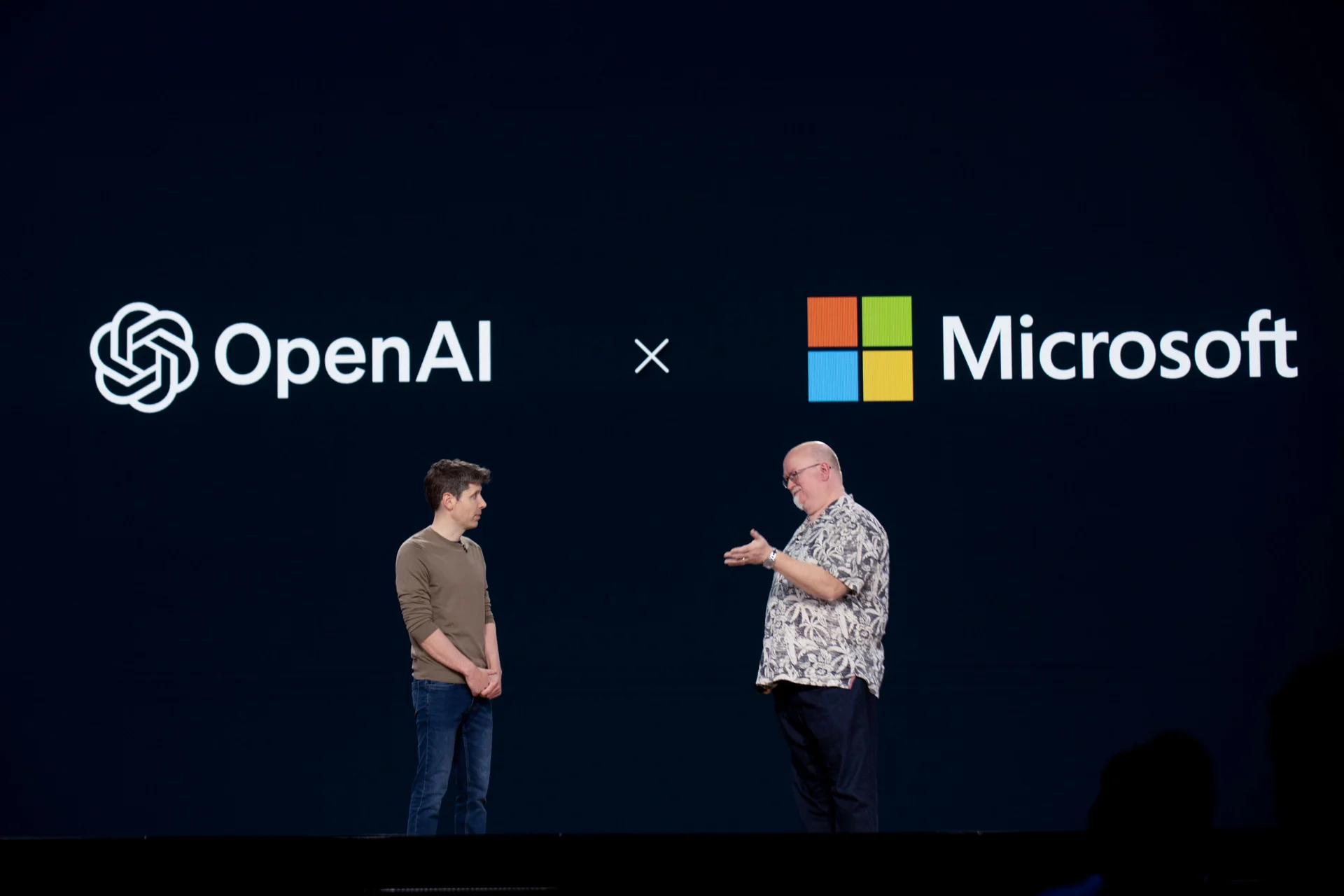OpenAI’s new experimental framework, Swarm, is making waves in the AI community. Designed to improve the coordination and execution of multiple AI agents, Swarm provides a structure that allows AI agents to work together autonomously to complete tasks without human intervention. While this opens up exciting possibilities for streamlining workflows, it has also sparked serious concerns, especially regarding its potential impact on jobs and the risks associated with fully autonomous AI systems.
What is Swarm?
Swarm is a framework introduced by OpenAI to address the challenges of agent coordination and execution, focusing on making these processes lightweight and highly controllable. At its core, Swarm allows developers to structure networks of AI agents that can act independently or collaborate, depending on the complexity of the task at hand.
According to OpenAI, the framework makes it easier to manage tasks that can be broken down into smaller, specialized units — where one agent might take on a portion of the task and “handoff” the work to another. For example, one agent might initiate a customer service routine and later pass on the request to a sales or technical agent for resolution. This modular approach aims to enhance efficiency in AI-driven environments like customer support, marketing, and even operations.
Moreover, OpenAI has made the Swarm framework openly available on GitHub, allowing developers to freely experiment and build multi-agent systems using the framework’s underlying structure.

Key Components of Swarm
The Swarm framework relies on two primary elements:
- Agents: These are AI entities capable of executing specific tasks or functions. They are equipped with tools and instructions that dictate how they should act in various situations.
- Handoffs: This feature allows agents to transfer control of a task to another agent when needed. For instance, if one agent identifies that another agent’s expertise is required, it can “hand off” the task, allowing for a smooth continuation of the workflow.
These components make the framework highly adaptable, letting developers create intricate systems of agents to handle various operational needs.
Potential Applications of Swarm
Companies could deploy Swarm to create specialized AI networks that automate multiple areas, from sales lead generation to customer support and beyond. The ability to design agents for specific workflows means Swarm could be used across a wide range of industries, such as:
- Customer Support: Multi-agent systems could handle initial queries, troubleshooting, and escalate unresolved issues to higher-level agents or even human representatives.
- Sales and Marketing: Automated agents can take over initial marketing strategies, engage with potential customers, and carry out complex follow-ups.
- Technical Assistance: AI agents could diagnose technical problems, recommend solutions, or escalate issues to another agent designed to handle complex technical troubleshooting.
Concerns About Swarm and Autonomous AI
Despite the technological potential, Swarm’s launch has raised significant concerns, particularly about job displacement and the reliability of autonomous systems. Some fear that widespread adoption of these multi-agent systems could lead to significant job losses, especially in sectors such as customer service, sales, and technical support. Automation on this scale may reduce the need for human involvement in many tasks, fundamentally changing the nature of these jobs.
In addition, the reliability and security of autonomous AI systems are being scrutinized. Without human oversight, there’s a possibility that these AI agents could malfunction, leading to unintended consequences. For example, agents might misinterpret data or execute incorrect actions, potentially compromising sensitive operations or creating security vulnerabilities.
The Debate on Workforce Impact
The job displacement question is central to the debate around Swarm. While many argue that automation could result in layoffs, others believe it could reshape the workforce in a more nuanced way. Rather than eliminating jobs entirely, Swarm and similar AI systems could shift the focus of work from routine tasks to more strategic, creative, or complex roles that require human ingenuity. However, the pace at which businesses can adapt their workforce to this new reality remains a point of concern.
Furthermore, bias and security risks are also key discussion points. Since AI agents make decisions based on the data they’re trained on, poorly managed systems could reinforce biases or make biased decisions, leading to unintended discrimination. Security breaches or misuse of autonomous agents could also have far-reaching impacts if not carefully regulated.
OpenAI’s Position on Swarm
Interestingly, OpenAI has positioned Swarm not as an official product but as an experimental framework. According to Shyamal Anadkat, an OpenAI researcher, Swarm is more of a “cookbook” for developers than a product ready for production. OpenAI emphasizes that it will not maintain Swarm as a long-term project, leaving it up to the developer community to explore its capabilities and limitations.
Takwaways
Swarm represents a pivotal step in AI-driven automation, offering powerful new ways for AI agents to interact and operate independently. However, it also raises important questions about the future of work, bias in AI, and the security of autonomous systems. As companies begin to explore the potential of Swarm, the need for responsible AI governance and regulation will become increasingly critical to mitigate its societal impacts.
URL : https://cookbook.openai.com/examples/orchestrating_agents









